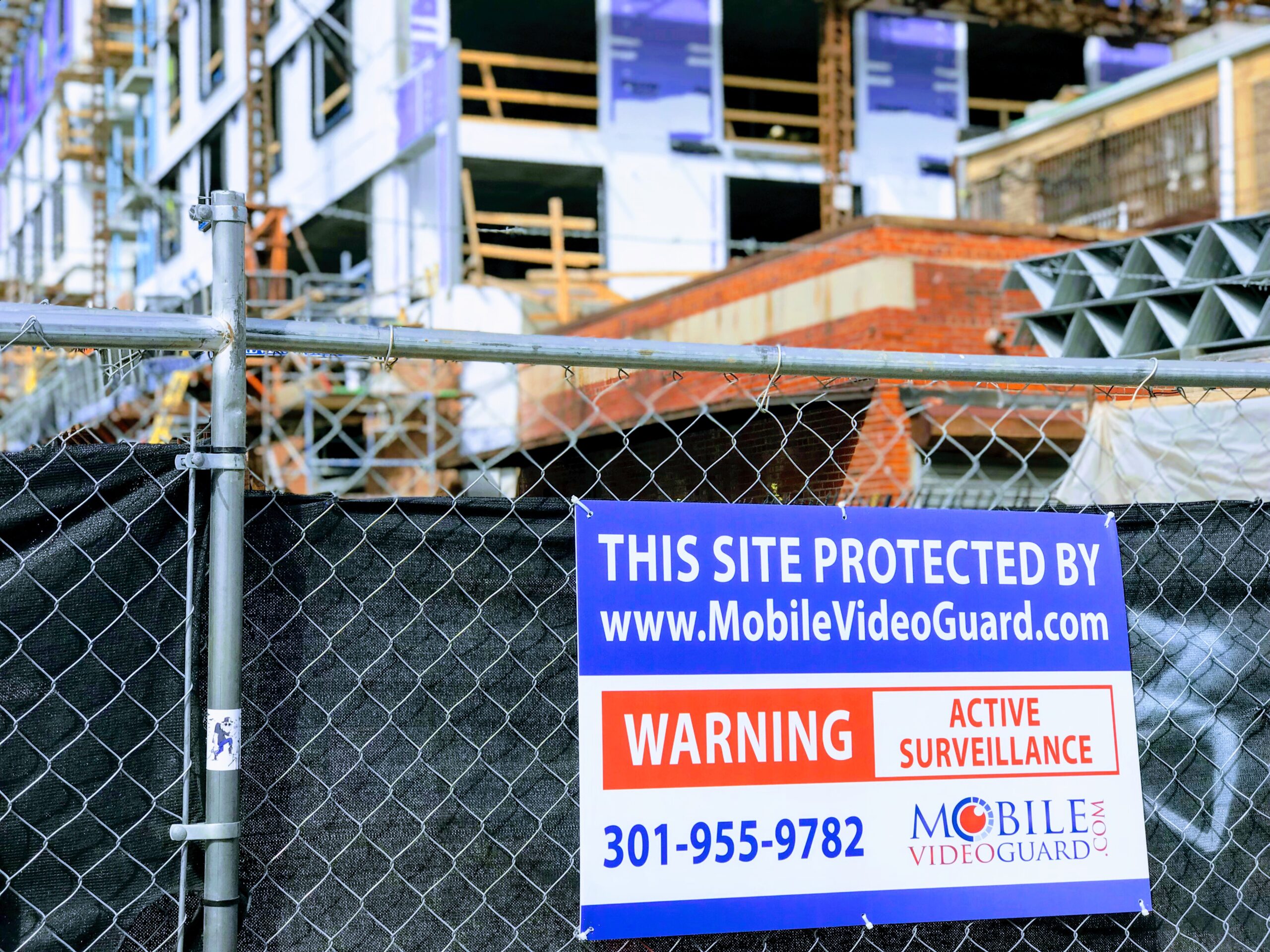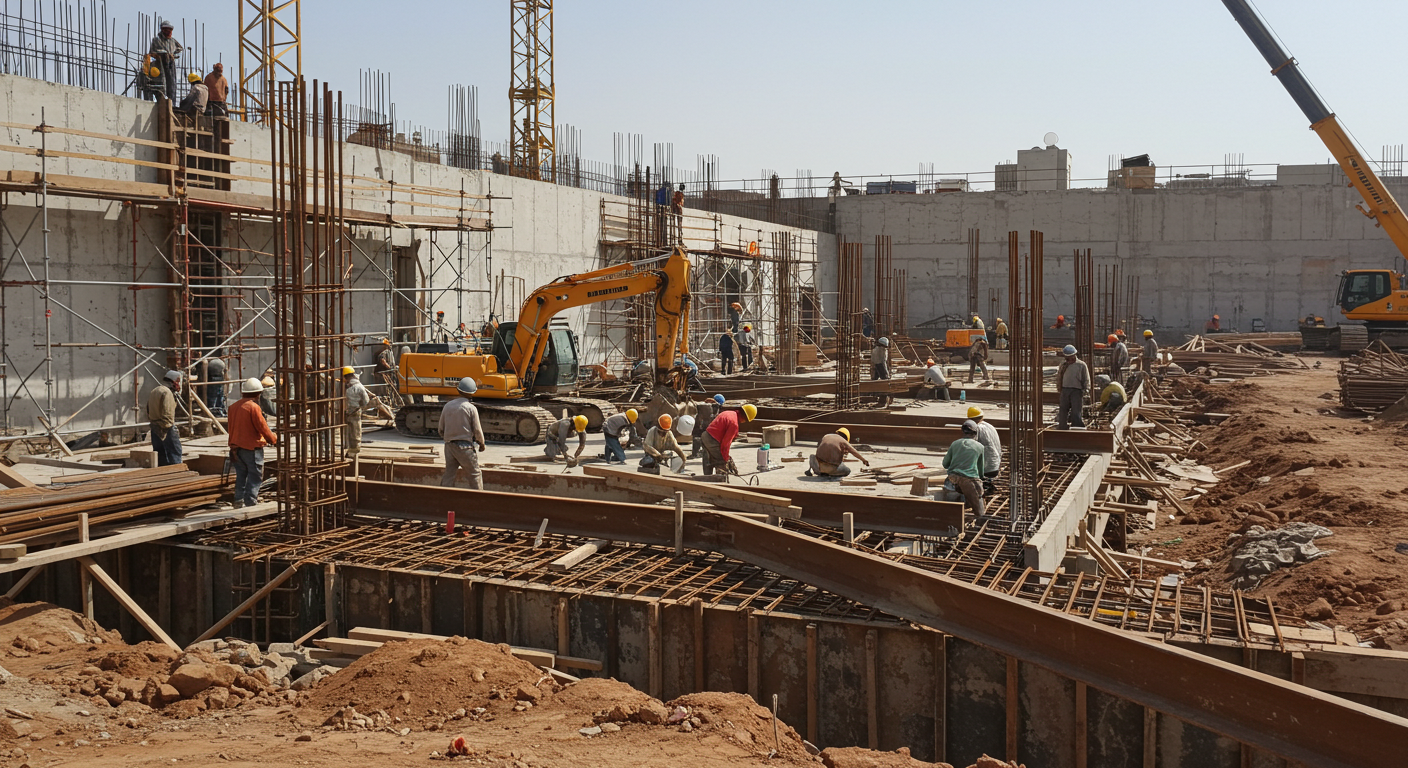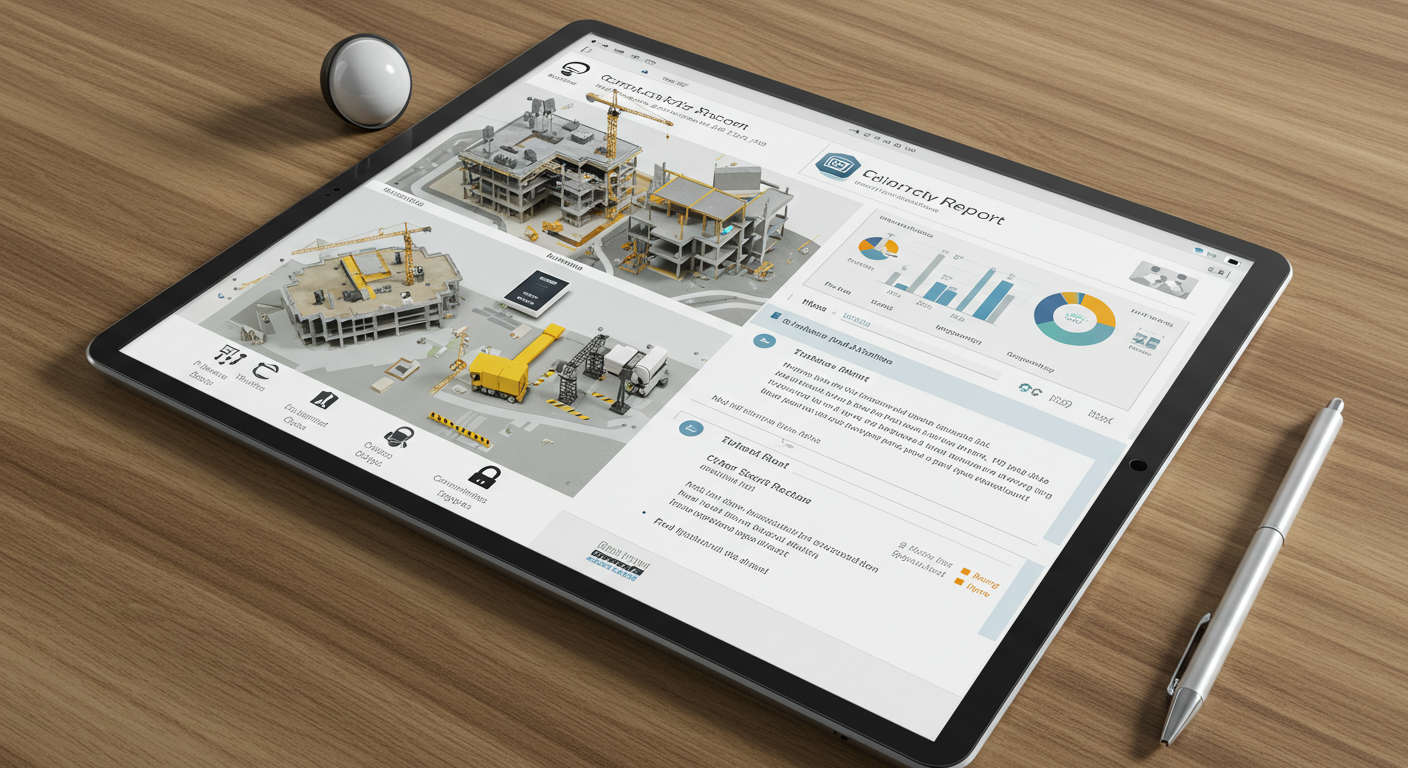
When your worksite security design is up to par, you address so much more just than asset protection.
Asset protection is one of your goals, but security design also includes how people feel — leaving building protection after the design and construction phase is not an option.
You’re helping create a structure that is safe, enjoyable, and reassuring for occupants for years to come.
This means you not only need to identify physical vulnerabilities, but also provide architectural reassurance such as sightlines, and plan ahead for the future.
The Best Security Plans Start Before You Build
Part of the building process is ensuring that security and safety are integrated from the start. This means every aspect of risk and security must be conceptualized and analyzed well before the building is constructed.
Built-in security and protection systems are just one aspect of a secure architectural design.
Design elements and surrounding developments play an integral role in a building’s long-term security and safety. But for now, we’re focusing on the first step to designing a safe building.
The first step is identifying, assessing, and addressing physical vulnerabilities.
Step One: The Worksite Security Design Checklist
When you’re designing a building security and protection system, there are five main areas to consider. The exterior, the entrance, the interior, the environment, and your local law enforcement.
And in the consideration of these five areas, there are a host of components within those that require thorough analysis before you can develop a solid plan.
What’s more, the way these areas and components interact with each other can provide another layer of consideration.
This is why many hire a security consultant to conduct a risk analysis and help design the security plan.
Physical Security Starts Here
If you’re looking for more expertise on building a strong security design from the ground up, start here and follow the links to our references below for more information.
Here are the top 5 areas you need to analyze prior to creating your plan, and what to look for within those areas:
Building a Worksite Security Design Checklist for Physical Protection
1. Exterior Perimeter Protection
To protect your perimeter, first decide exactly where the perimeter will be, as well as entrances and exits, and any internal perimeters.
Setting up physical protection to guard those perimeters can involve a combination of any of the following strategies:
- Chain link fences with barbed wire, razor wire, etc. to allow visibility and prevent climbing
- 8-foot walls to prevent entry, with bushes no higher than three feet to prevent persons from being able to hide in them
- Video surveillance systems (CCTV, remote video surveillance with on-location or cloud-based storage)
- Armed or unarmed security guards or protection officers stationed at access points and other designated areas
- Energy-efficient exterior lighting (protective lighting)
Note: these are just a few ideas – there is a host of solutions you can choose from based on your individual level of risk and budget factors.
2. Entrance Protection
Once you’ve planned where your access points will be, and what type (are they for vehicles or pedestrians? etc.) get to work deciding what types of closures you need to prevent a security breach.
Factors like ease of access, traffic volume, necessary visibility, and more will help you decide which security measures to use.
- When considering overhead and pedestrian doors, plan for the type and strength of door frame needed
- For windows, consider adding locks, grills, and shading
- Ensure your perimeter has no miscellaneous entry points. Every access point from the main entrance to the roof, basement, or utility access, should be included in your entrance protection plan
3. Interior Protection
Technology is a key player in interior protection. From access control to fire safety systems, here are a few of the things to consider while planning interior security.
- Security policies and procedures
- Lighting (is it safe, adequate, adjustable, etc)
- Electronic access control systems (access card systems)
- Real-time security camera systems (CCTV, remote monitored video surveillance, passive surveillance vs active surveillance)
- Hours of operations and special situations or events
- Inventory control and computer safeguards
- High-value and security-sensitive areas
- Security systems with sensors detecting intruders (alarm sensors, motion detection alarm systems)
- Local audible alarms versus central station alarms
4. Environmental Considerations
Fire and flood, neighborhood crime demographics, weather conditions, landscape, wildlife, and more all play a role in how you create your building protection plan.
As you’re designing, keep in mind this list of environmental issues you may need to address:
- Which areas of the building need to be protected, and from what
- Building and business insurance requirements
- Local or operational history of losses
- The type and demographics of employees or other occupants
- Opening, operating, and closing produces
- Fire and safety regulations and codes
- Fire alarm systems
- Delivery and shipping policies and procedures
- Any other situations peculiar to the building or industry
- Water, gas, and other energy sources which will need to be used safely and regulated
- Any waste or by-products that will need to be handled as part of operations
5. Law Enforcement Involvement
Lastly, consider the level of law enforcement involvement you may need. Consider aspects like how security personnel can most effectively contact the local police and ease of access for law enforcement officials into the building.
Also, consider these additional factors:
- Transmission of alarm signals to law enforcement
- The use of a central surveillance or security station or with a direct line to local law enforcement
- Municipal ordinances
- Police response times
- Neighborhood and business watch programs
- Formulating partnerships to protect a unit or certain areas
This is by no means a comprehensive resource for security standards. However, taking these things into consideration should have you well on your way to understanding what a comprehensive building protection plan should cover in the designing stages.
From remote video monitoring services and motion detectors to the types of locks on your windows, achieving physical security in building design is no small feat.
If you’re looking for help designing a building security plan or deciding on the right security technology for you, contact Mobile Video Guard. Our expert security professionals are happy to help you with your security in the DMV.
References:
Fennelly, Lawrence J. & Marianna Perry. 150 Things You Should Know About Security. 2017.
Dickinson, Elizabeth. Designing for Security. Architect Magazine. 2016.



